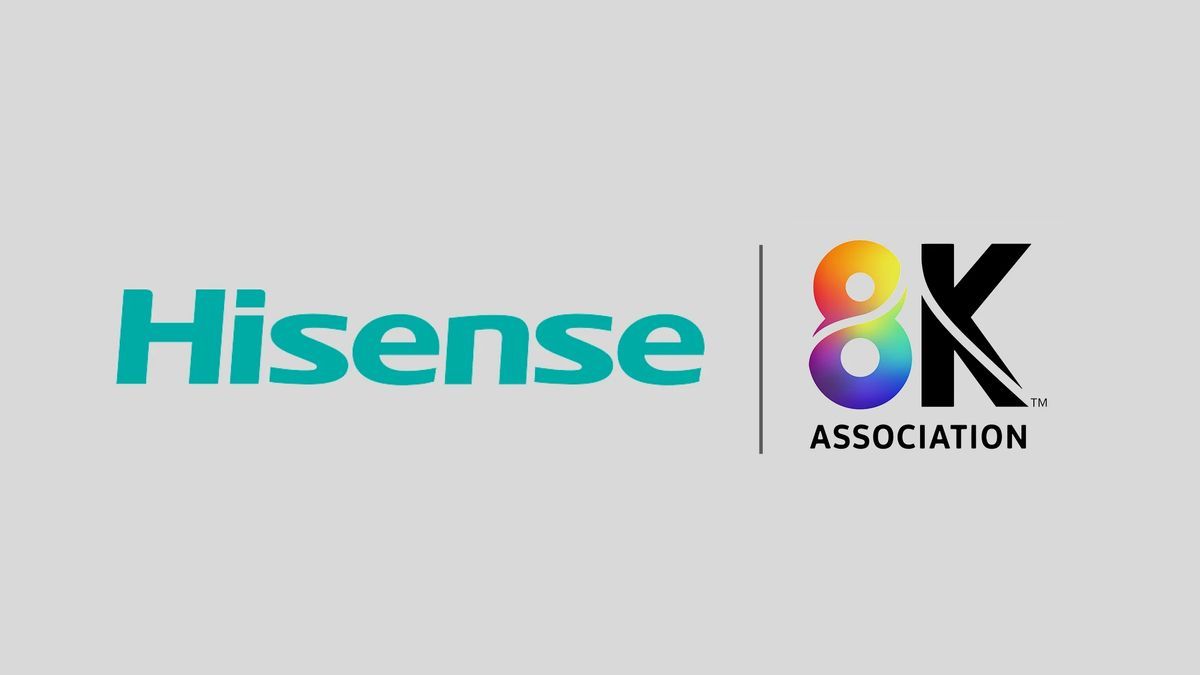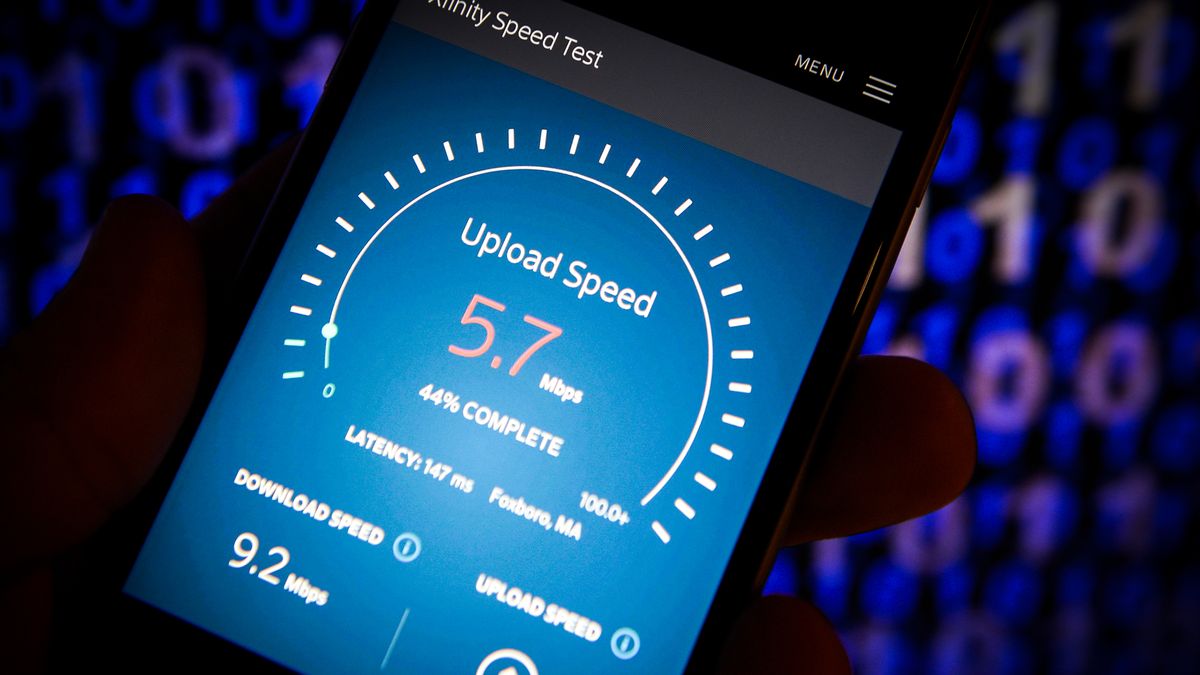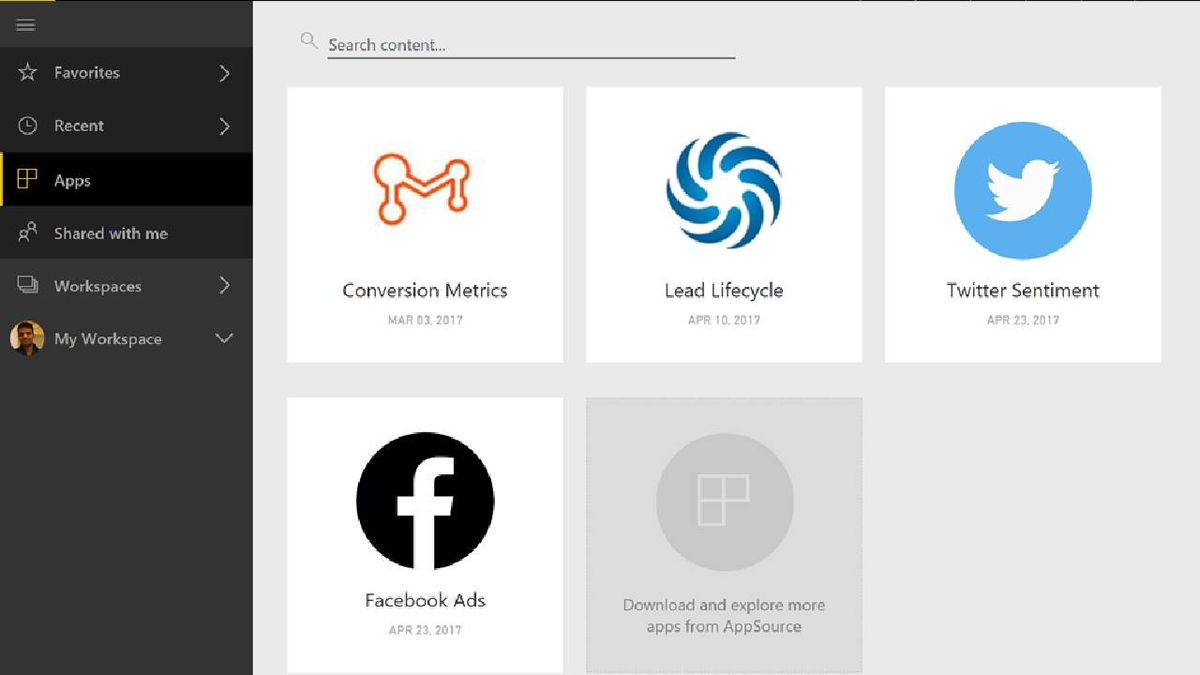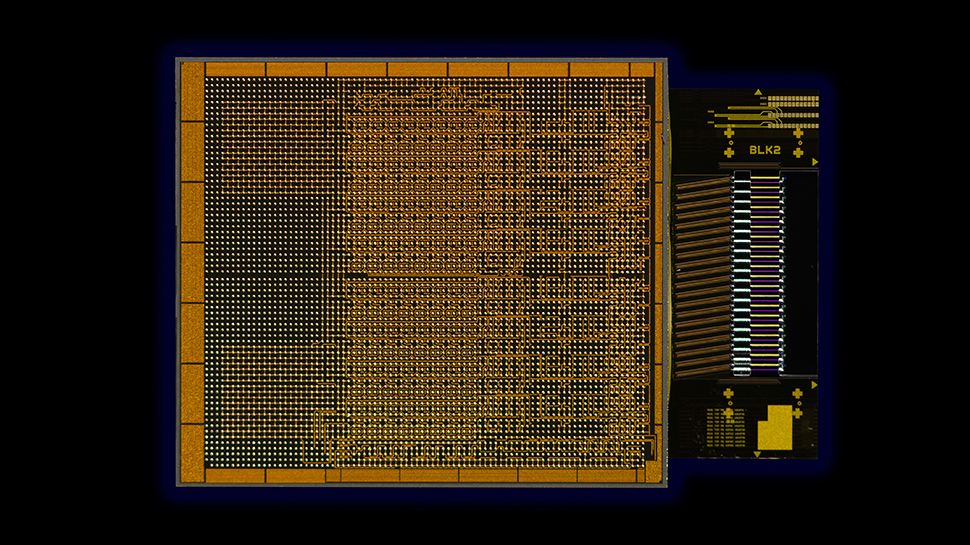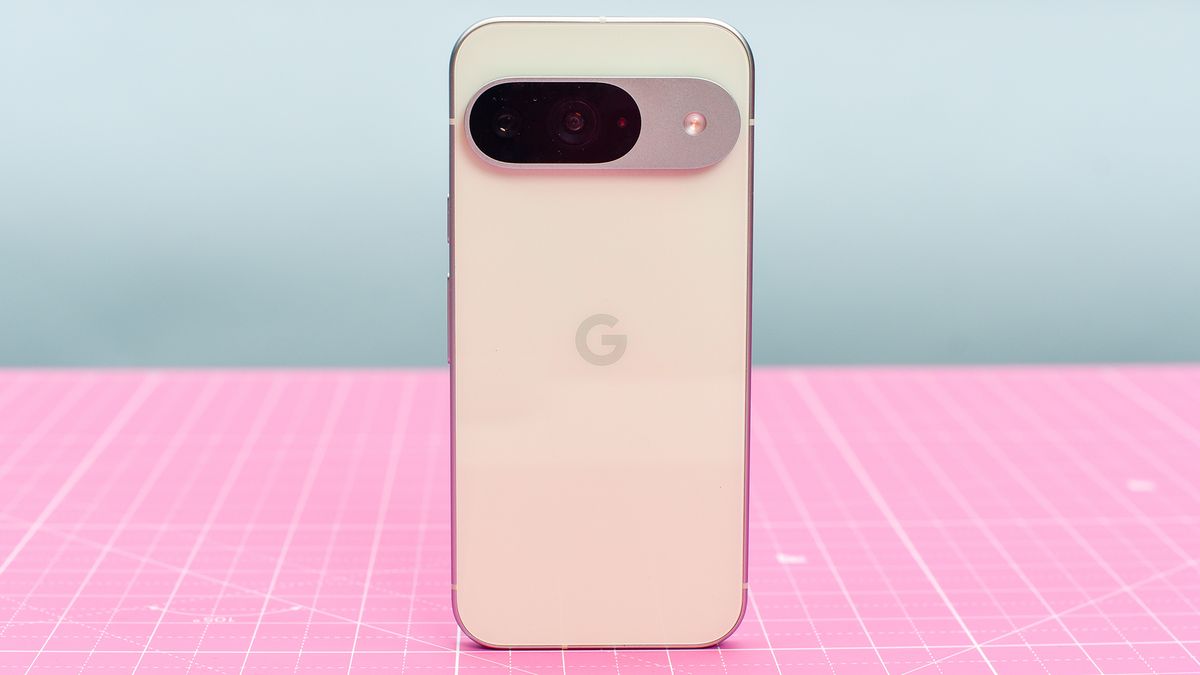The topic of 8K TVs has become more complicated in recent years. At one point, many brands including LG, Samsung, Sony, TCL and Hisense all jumped on the 8K TV bandwagon and adopted the new technology in an attempt to future-proof their TVs. So if 8K TVs were meant to be the next big thing, what happened?
The main factor is price. You often pay twice as much for one of the best 8K TVs compared to a 4K equivalent. For example, Samsung’s flagship 8K TV for 2024, the Samsung QN900D, costs around $4,999 / £4,999 / AU$6,499 for the 65-inch model. The Samsung QN95D, its 4K equivalent, costs £2,899. (The QN95D is a UK-only model, and its US/AU price would be around $2,699 / AU$4,099.) Plus, there’s the consistent lack of 8K content available, with a limited amount of YouTube videos being the exception. As a result of these factors, 8K TVs fell out of favor with consumers, and companies began to move away from the technology.
I never believed the hype about 8K TVs when I worked in AV retail, mainly for the reasons I mentioned above. However, after testing the Samsung QN800D, a fantastic mid-range 8K TV, that skepticism turned into belief: I’m starting to understand 8K TVs. Still, I can’t deny the fact that 8K TVs are expensive.
Recent developments suggest that this could change in the future. Hisense, maker of some of the best TVs around, including the Hisense U7N and Hisense U8K, has joined the 8K Association, a non-profit organisation dedicated to investing in and developing 8K technologies in the future. But why is this so important?
Could affordable 8K TVs be on the way?
Hisense TVs are popular with consumers and critics alike for offering solid picture quality and features at a fraction of the price of some competitors. I tested a budget mini-LED TV and a premium one side-by-side, with the budget model represented by the Hisense U6N and the premium one represented by the Sony X95L. Though the X95L was clearly the superior TV thanks to its richer contrast, deeper blacks, and more natural textures, the U6N offered a solid all-round performance at a price that’s $1,200 / £700 cheaper than the X95L (X93L in the US).
If Hisense can do this in the world of 4K TVs, why not in the world of 8K TVs? The company's addition to the 8K partnership could mark the arrival of more affordable 8K TVs, with features similar to more premium options from major rivals such as Samsung.
In a statement, David Gold, president of Hisense USA and Hisense Americas, said: “We look forward to contributing to the 8K ecosystem and collaborating with other industry leaders to accelerate the integration of 8K technology into the home entertainment experience.”It seems Hisense is interested in bringing 8K TVs to more homes, hopefully by selling them at lower prices.
8K TVs: Should They Remain Premium?
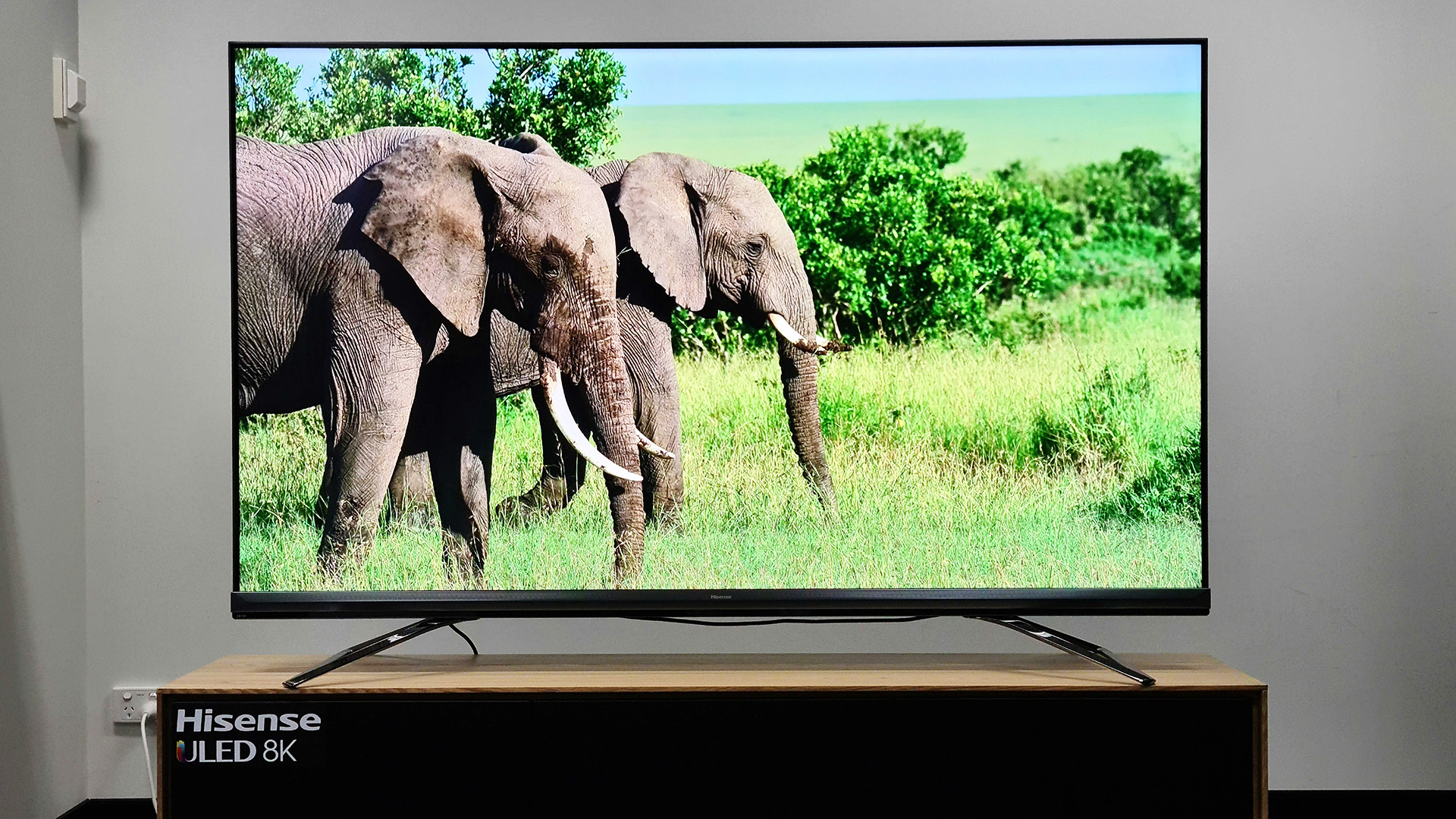
My enthusiasm for cheaper 8K TVs is not without its reservations. 8K TVs, particularly those from Samsung, are designed not only with the 8K format in mind, but also with 4K. The Samsung QN900D and QN800D mentioned above use AI upscaling on 4K sources, and this processing incredibly improves textures, detail, color, and high dynamic range in images.
Samsung’s AI technology is further enhanced by the quality of the mini-LED backlighting used in its TVs. Part of this is down to the number of local dimming zones used – the more zones, the better, as I discovered during a mini-LED backlight demo.
Hisense sometimes makes sacrifices in performance, such as the number of local dimming zones used in the TV, to achieve low prices. But can this be done at the 8K level, where there isn’t as much room to compromise on picture quality? This isn’t Hisense’s first foray into 8K TVs, with 2021’s U80G and the recent ULED X 8K shown off at IFA 2023 among its contributions. But both of those sets were premium models, which begs the question: does Hisense think 8K needs to stay premium?
Final Thoughts
Ultimately, Hisense’s commitment to the 8K partnership indicates that it’s thinking ahead to an 8K future for both TVs and projectors. Hisense has provided budget-friendly alternatives to high-end 4K models that offer unbeatable value for money, so if there’s a chance the company can do the same with 8K TVs, sign me up.

